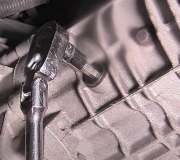A hybrid transmission is designed with more features than a traditional automatic transmission. We have assembled cutaway images and information to help you get a better idea of how the transmission works and the tasks it performs. Hybrid style transmissions continue to evolve and change as technology and demands continually evolve.
Let's Jump In!
The gear shifter is more advanced than traditional shifters mainly due to the
fact there is no shift cable connecting the shifter to the transmission, this is
a purely electronically controlled device that sends commands to the PCM which in
turn gives a signal to operate the transmission desired by the driver. Featuring
the typical forward and reverse gear selections, the hybrid shifter also contains
new commands such as a battery boost option.
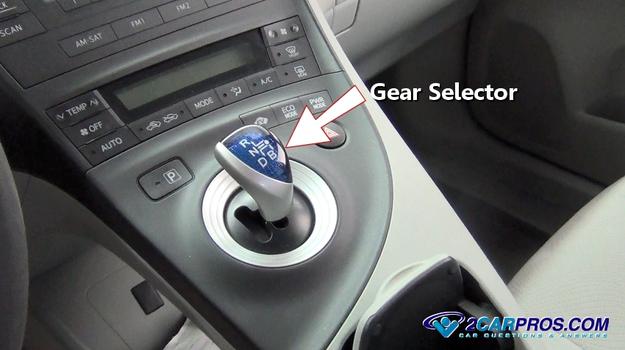
The hybrid drivetrain consists of two separate power sources to propel the vehicle
at various modes of driving. Depending on load conditions, the operating system
will switch controls from the gasoline powered engine source to the electric motor
which increases efficiency. An electrically controlled valve body and clutch packs
are used to switch between modes of operation, which is controlled by
the vehicle's PCM.
Though service intervals for these transmissions vary between manufacturers, most
hybrid transmissions
have a fluid filter and fluid that will require service, the new fluid and filter
helps the transmission functionally.
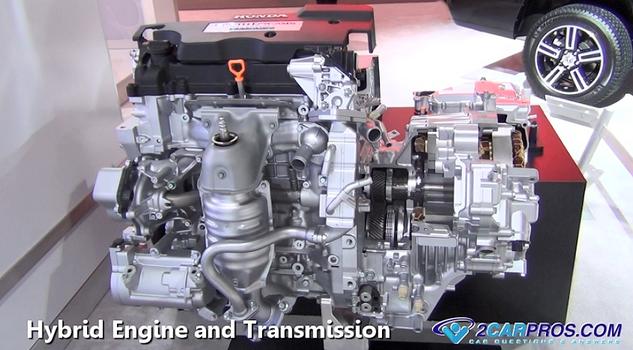
The hybrid transmission consists of gears, shafts and clutches that perform various
operations such as gear selection much like a conventional automatic transmission.
The torque converter which is used in
conventional automatic transmissions has been replaced by an electrically controlled
coupler that can be engaged and disengaged.
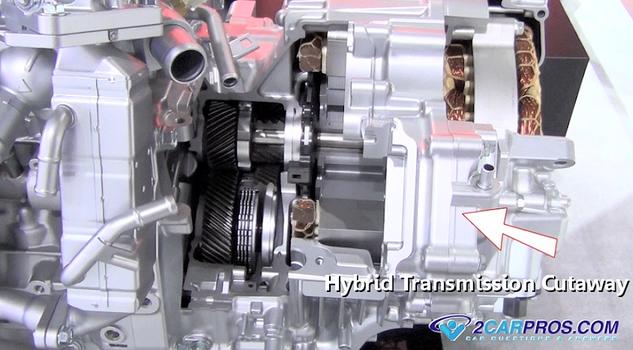
Here are the electric motors(s) which are integrated inside the transmission
case, they are turned on at optimal conditions in the vehicle's operation, they
also provide the vehicle some degree of stopping power and battery charging functions
while the brakes are applied. Traditionally these operations are handled by the
brake pads
and alternator. Besides propelling
the vehicle these electrical motors are used to crank over and start the conventional
gasoline engine, no external starter motor is used in this application.
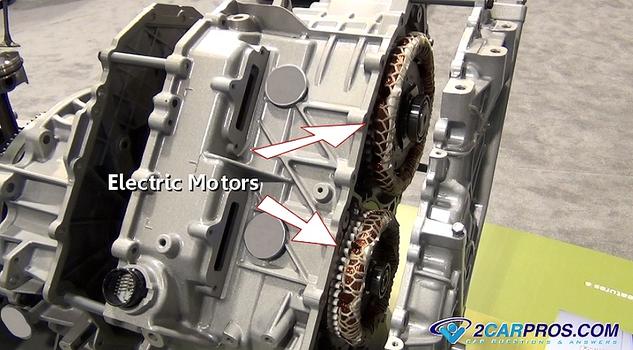
An watertight electrical connector is used on the hybrid transmission case to
transmit sensor data and control solenoid functions supplied and used by the main
control computer.
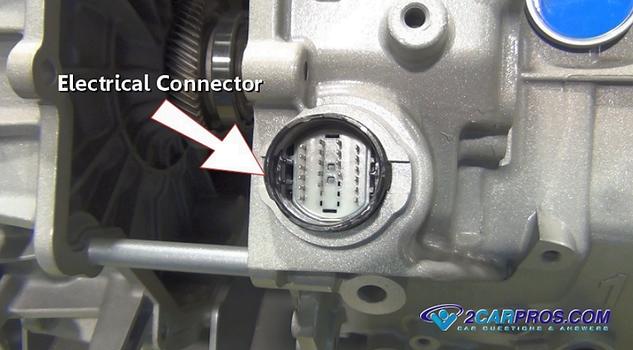
Questions?
Our certified technicians are ready to answer car repair questions for free. We hope you saved money and learned from this guide. We are creating a full set of car repair guides. Please subscribe to our 2CarPros YouTube channel and check back often for new videos which are uploaded regularly.


